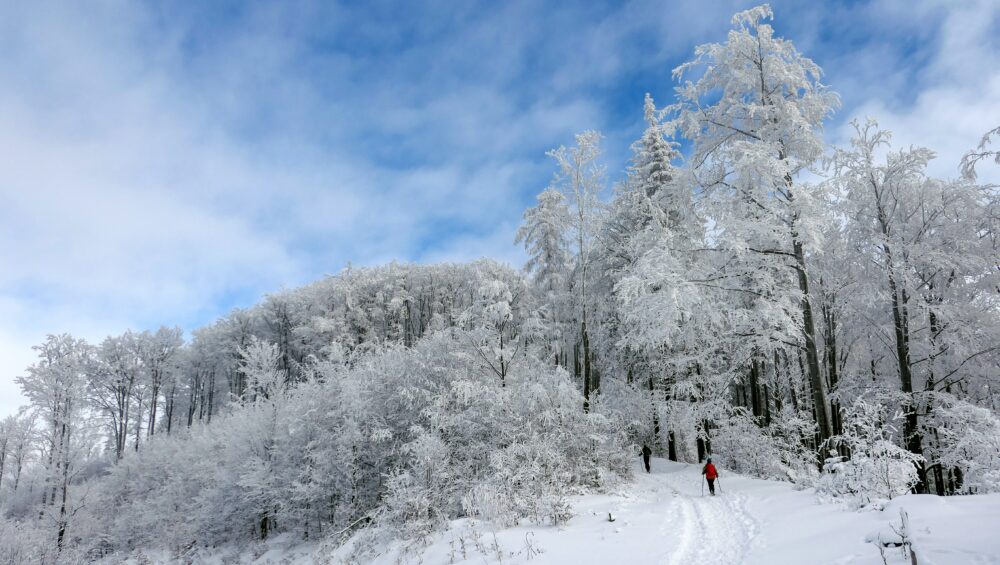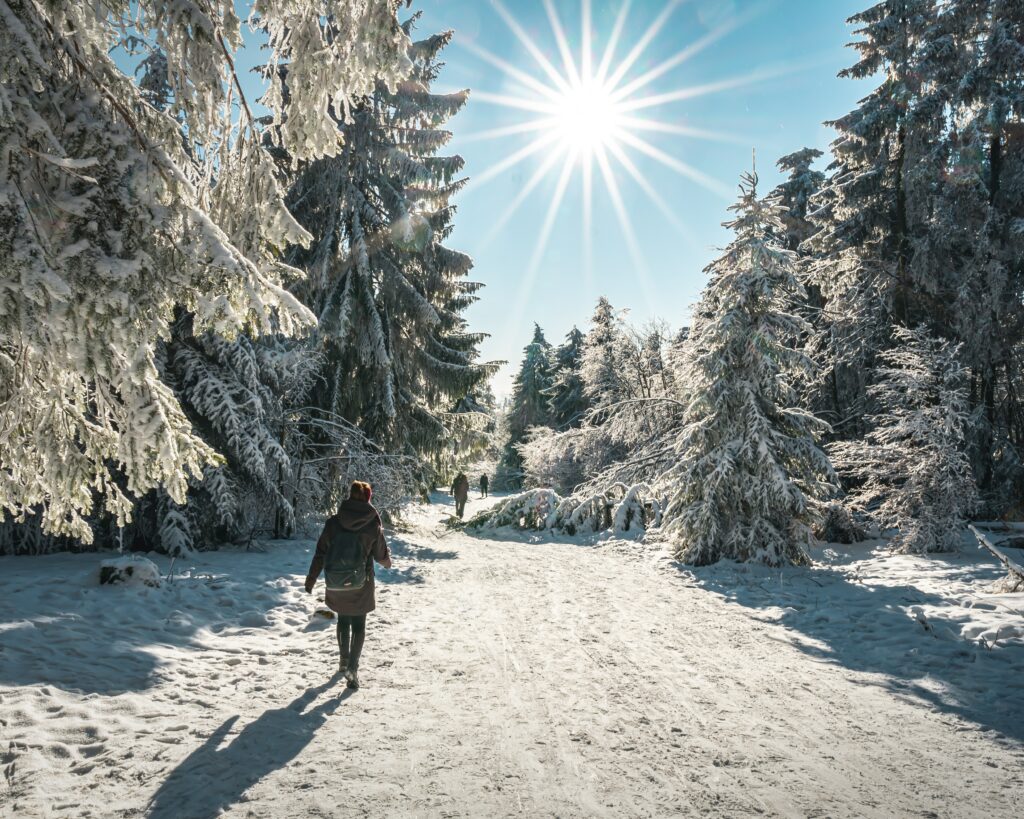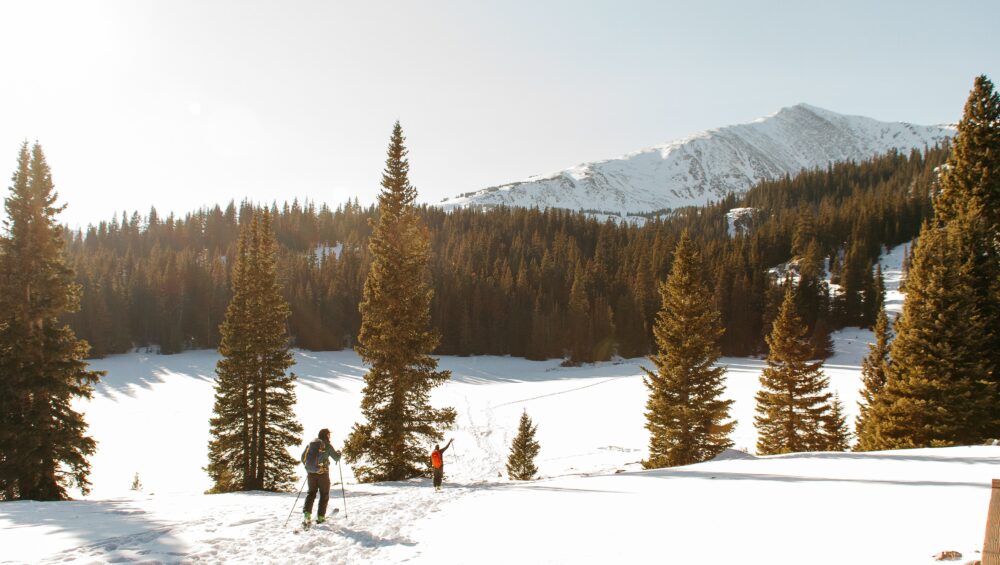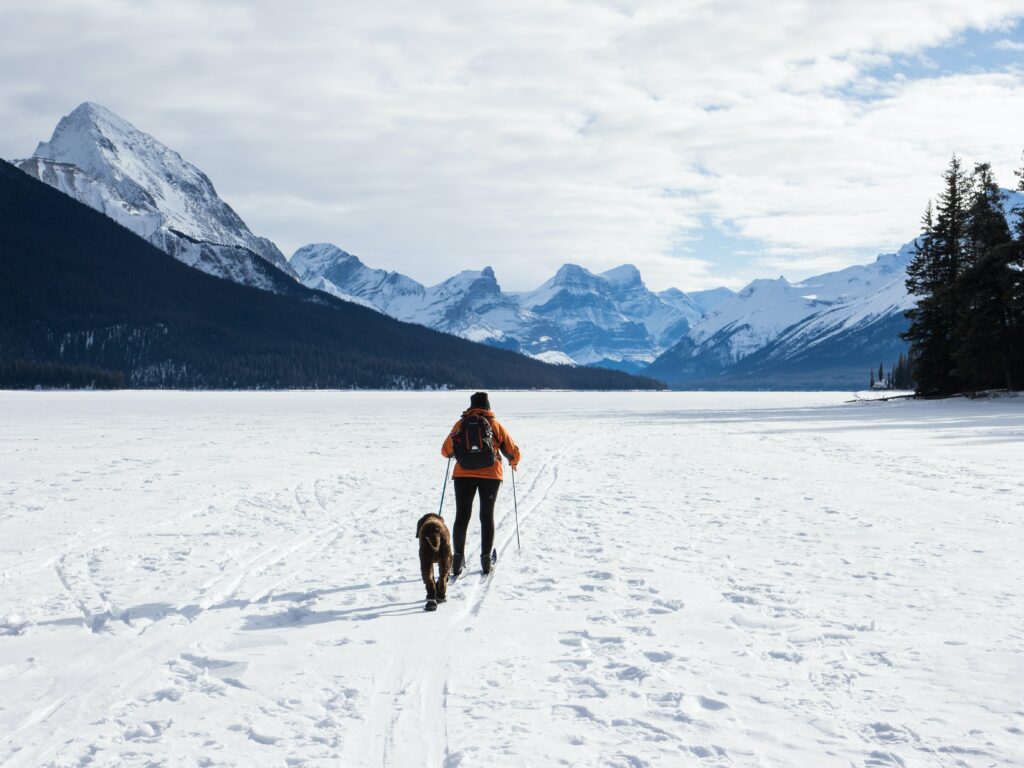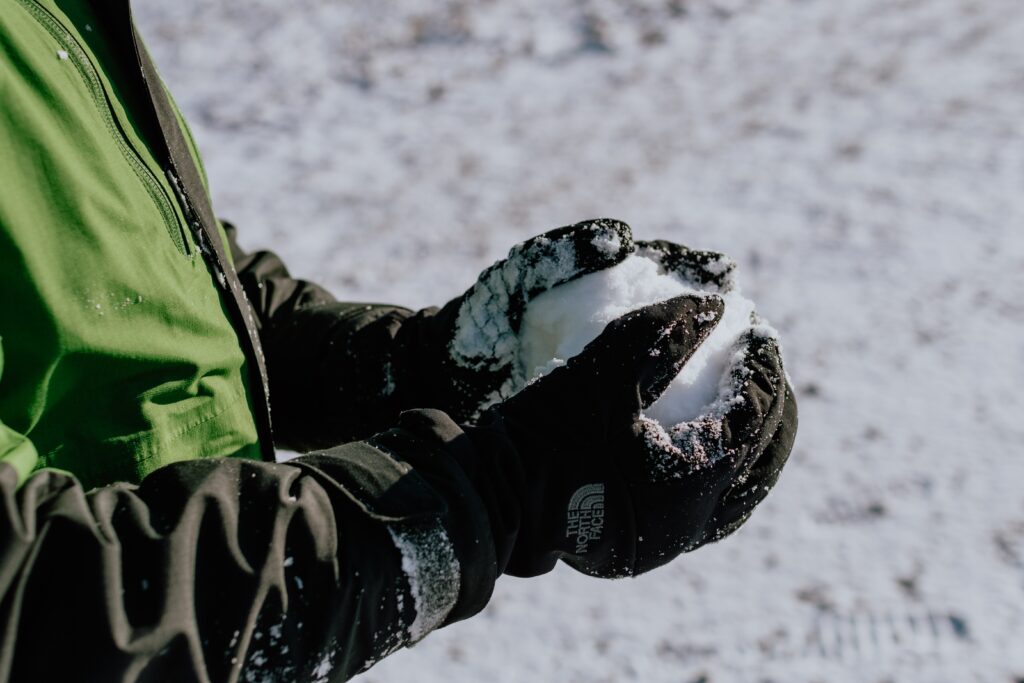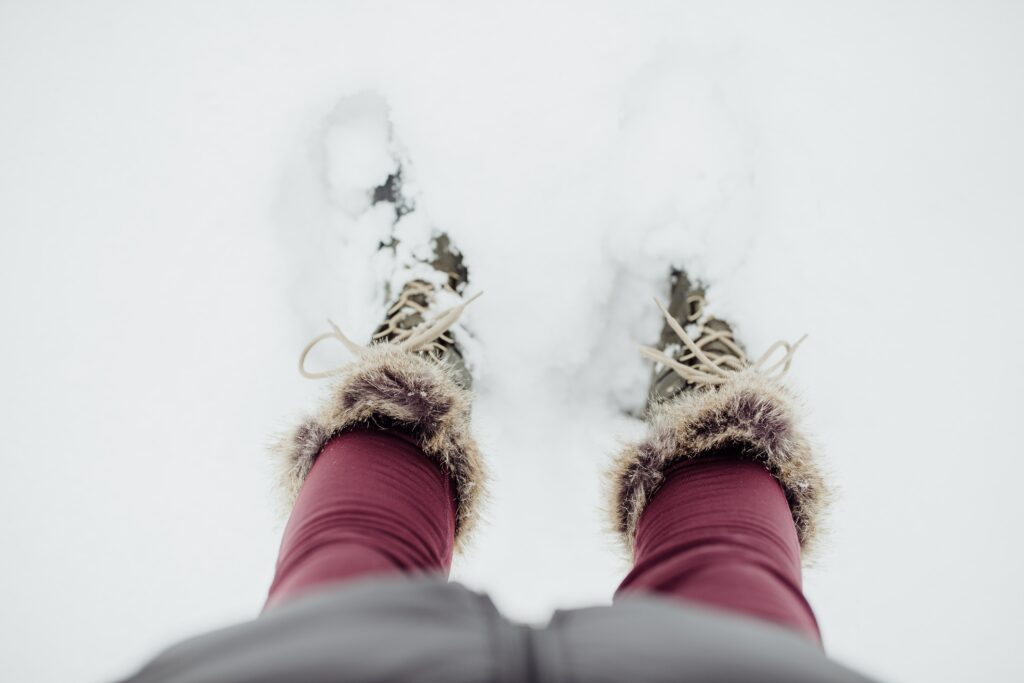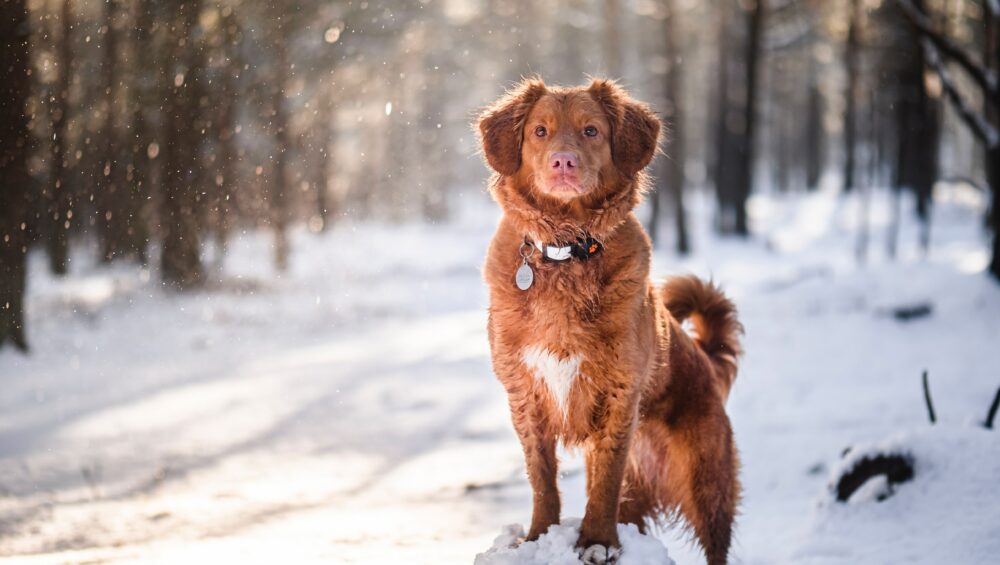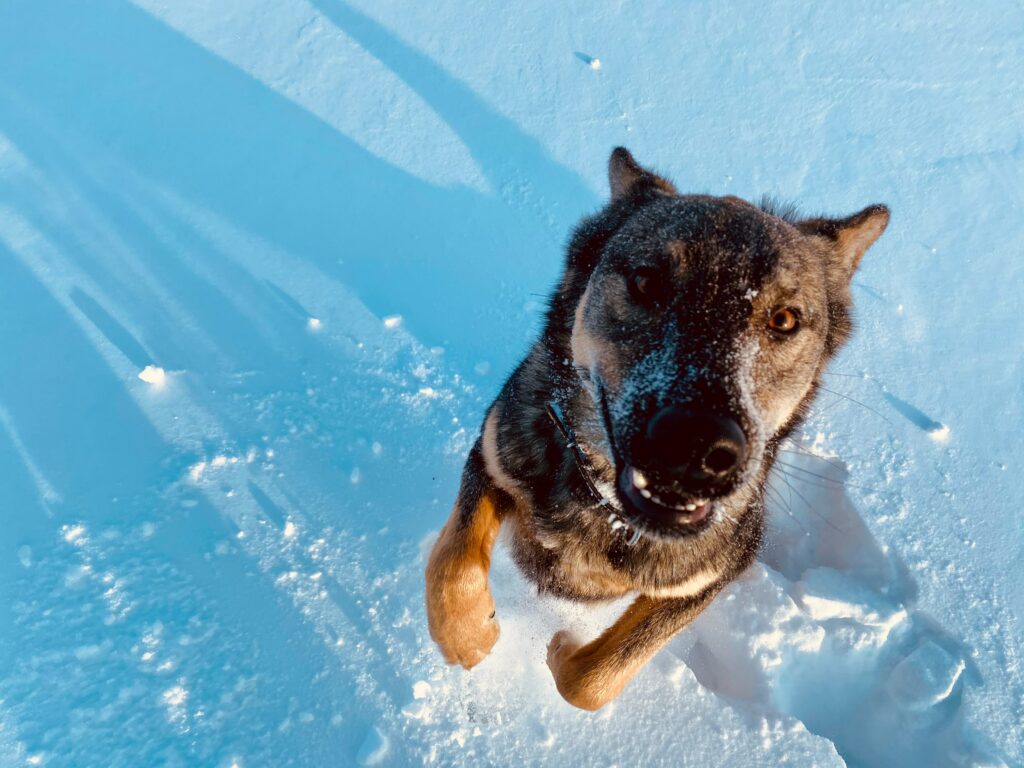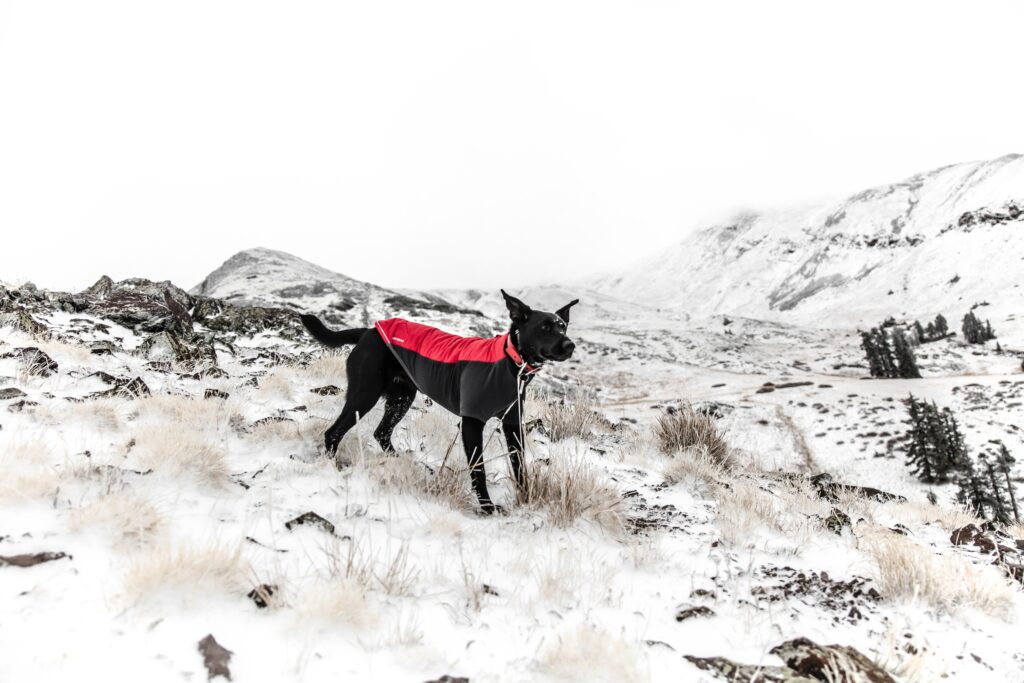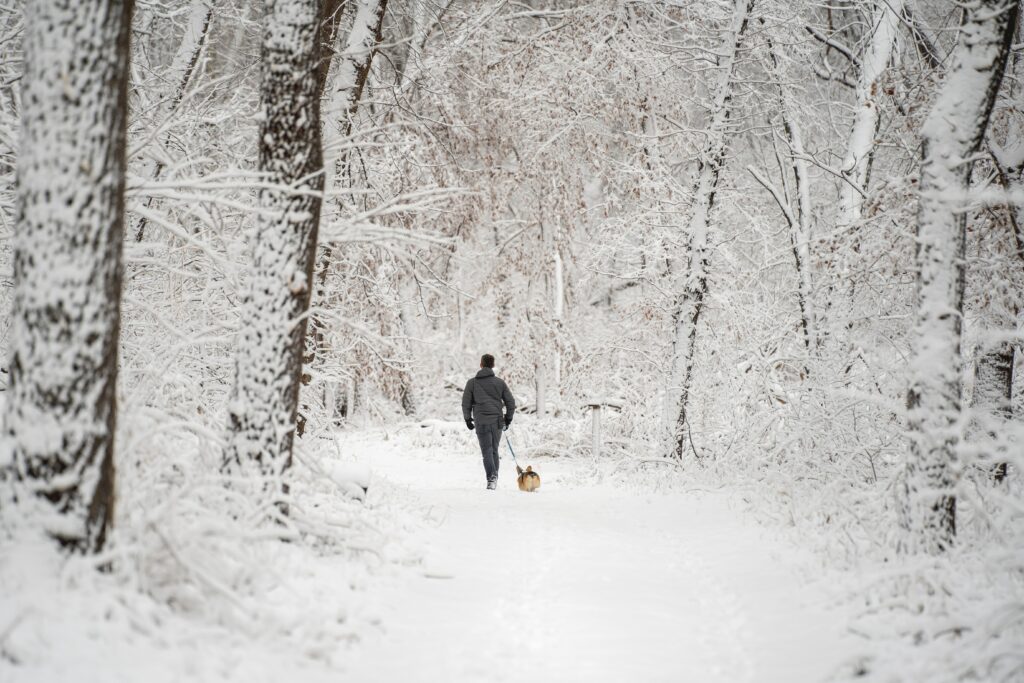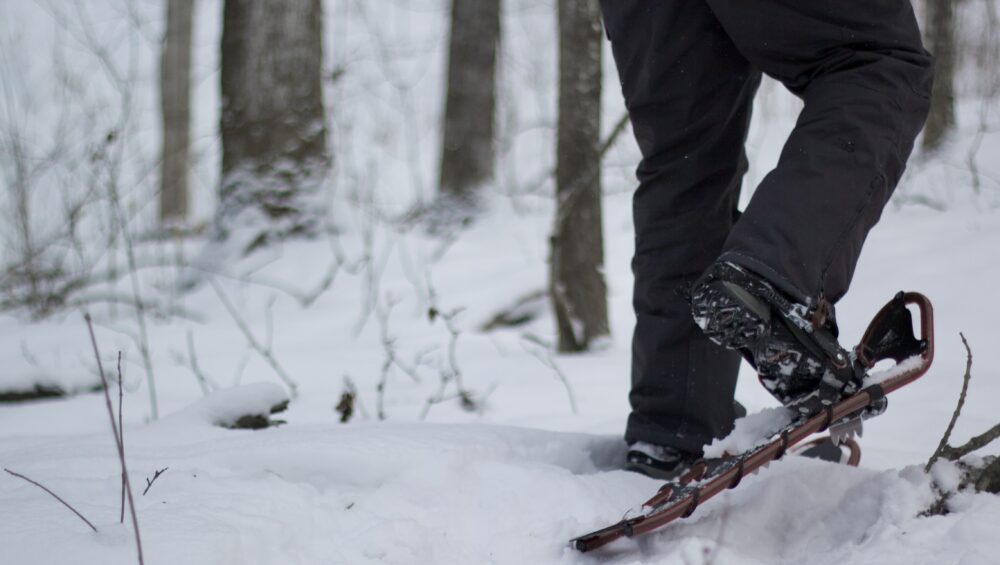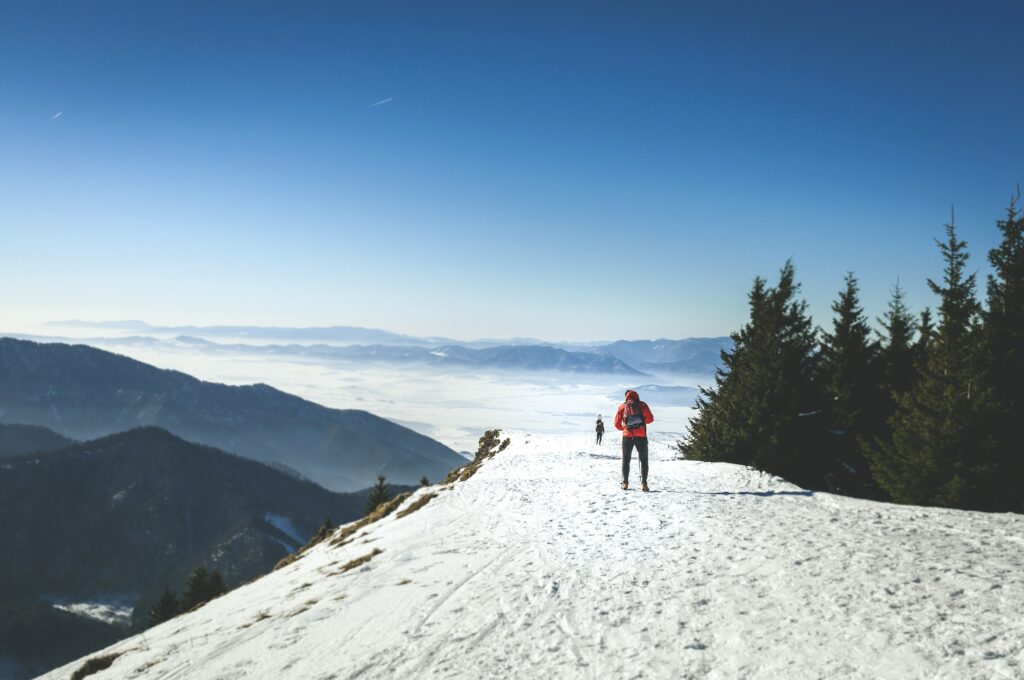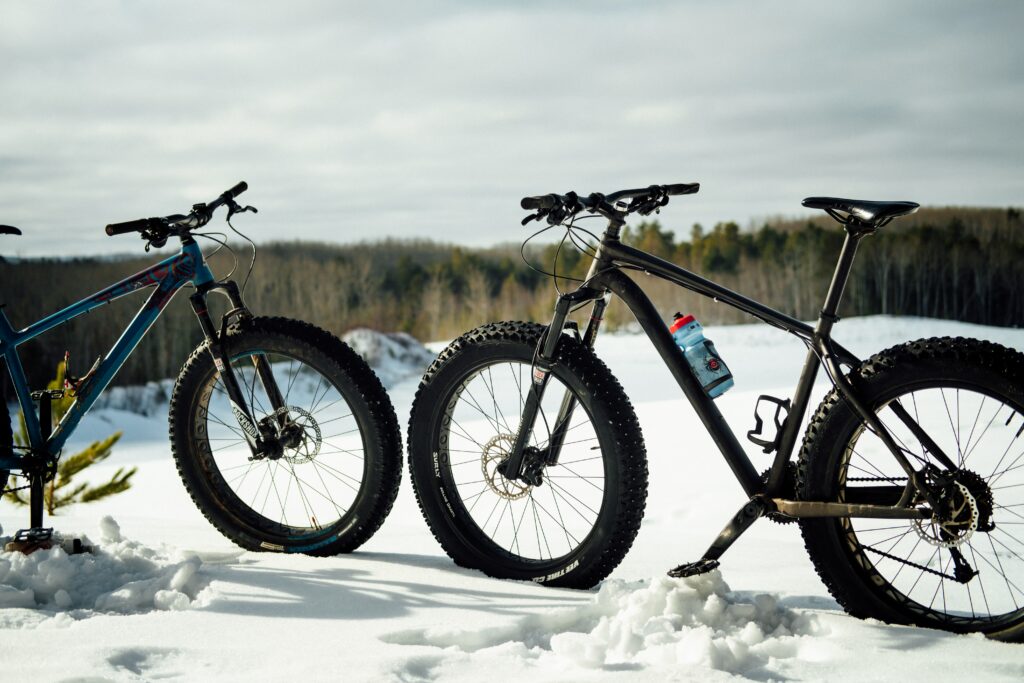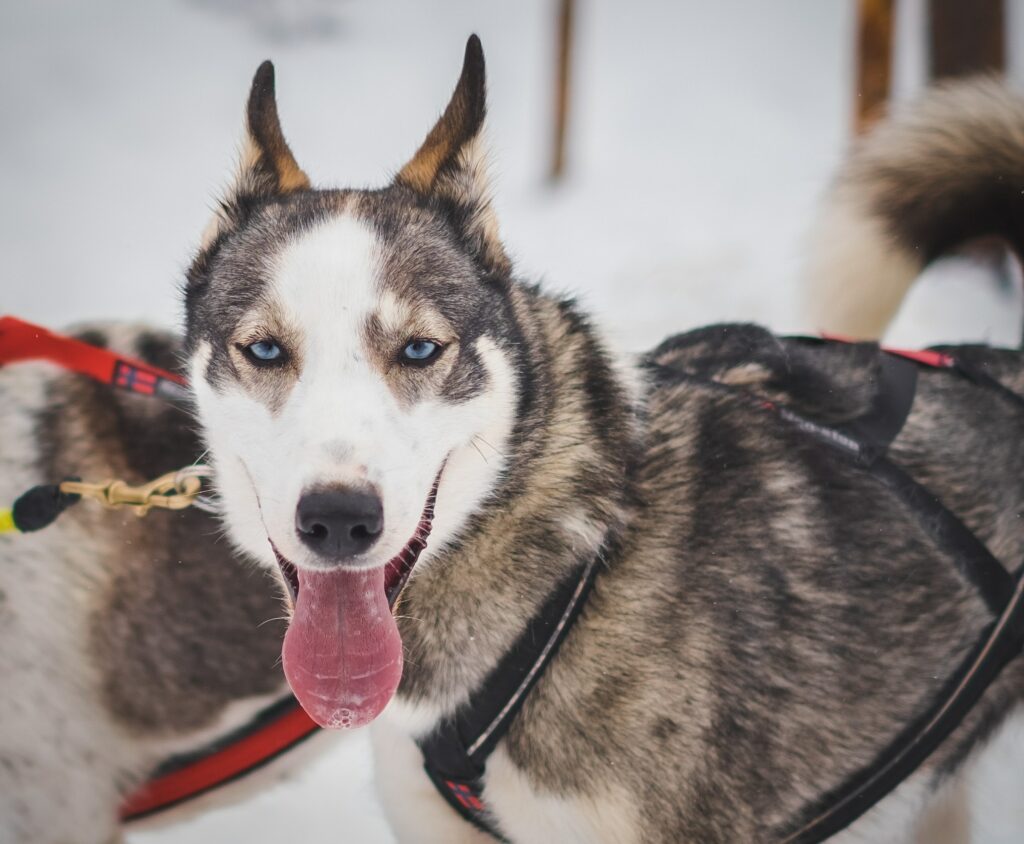If you are looking for a fun way to experience the outdoors this winter, Colorado Springs is the perfect place to be. There are so many exciting activities available all year round in our beautiful state, and winter hiking is one particularly wonderful way to experience the beauty of Mother Nature up close and personal.
The Wonders of Winter Hiking
If you have never gone hiking in the snow before, there are a myriad of reasons, both aesthetic and healthful, to lace up your boots. Hiking in the snow is quite a workout, burning extra calories as your body works to stay warm. It also provides a needed boost of sunlight in those darker months, as the snow reflects those happy rays back up to you. Finally, with mosquitos or other pesky insects hiding from the cold, you can enjoy the hike free from bites and other annoyances.
Aesthetically speaking, winter is a gorgeous time to enjoy the beauty of Colorado Springs. The is snow hanging from our pine and spruce trees. There’s soft powder crunching under your feet, and the feeling of crisp winter air in your chest. Winter hiking is a wonderful way to get outdoors and enjoy the snow and scenery.
Benefits of Hiking with a Guide in the Winter
Before you hit the trails, one thing you should consider is starting with a guided hike. Whether you are an adventurous type who does not let the snow stop them or a tentative reader desperate to get out of the house, all hikers should start with guided hiking in Colorado Springs. There are a lot of benefits of hiking with a professional guide. Both for your safety and your overall enjoyment of the trip.
Winter Weather Conditions Can Be Unpredictably Dangerous
Especially in a mountainous region like Colorado Springs, weather conditions can change quickly and without warning. Not only can you get stuck in an unanticipated flurry or white-out, but you could be contending with temperature drops. Hiking with a guide is a great way to ensure that you time your trip for the best weather possible and that you are well prepared for the unexpected.
Hiking in the Winter Happens on a Different Schedule
Another aspect of a winter hike that beginners are not used to is the proper pace and timeline to keep. Unlike a trail adventure in warmer conditions, winter hikers should snack while walking or take only short breaks. It is very easy to rest for too long while eating and bring your body temperature down a dangerous amount. With all the calories it takes to heat up again, you could actually end up burning more calories than you took in with your snack! A guide can provide the proper timekeeping to help make sure that you stay warm and safe on the trail. These and other helpful winter hiking safety tips will ensure that you and your family have a safe guided hike.
Proper Clothing Will Keep You Warm and Happy on a Winter Hike
On a related note, dressing for a winter hike can be sort of counterintuitive. This is because you should start a hike slightly cold, as your body will warm up faster. You also need to dress wisely to avoid sweating, as this would make you colder. If you don’t know how to dress on a winter hike, having a guide’s instruction can be the difference between a cold, dangerous trip and a pleasant one.
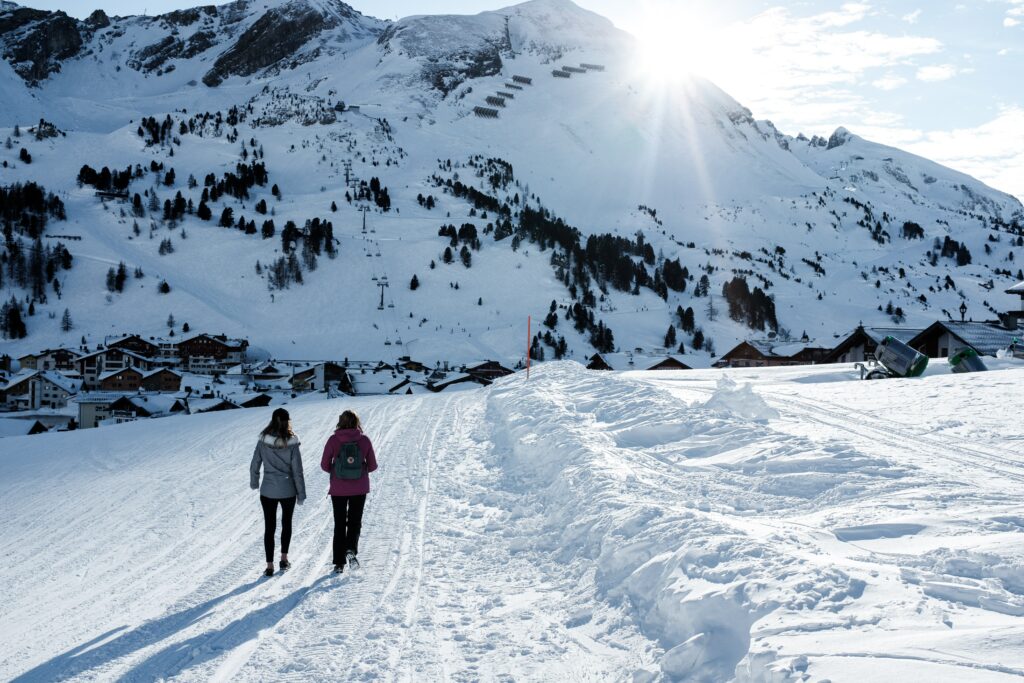
A Guided Hike is a Great Family Activity
If you have children, a guided hike is just one winter activity for the whole family to consider. While you may let your kids run around and explore in other seasons, it is especially important to have a guide in the winter. Your guided hike will be tailored to your family member’s ages and skill levels. You can rest assured that your kids are in safe hands while you enjoy some quality bonding in nature.
Guided Hiking Can Be a Great Opportunity for Experiential Education
Maybe you are just looking to get out of the house and enjoy some quiet time with your own thoughts. Then again, maybe you just have yet to experience the amazing breadth of knowledge that naturalists and other outdoors people have. A winter hike in beautiful Colorado Springs can be a great time to see elk, deer, and other non-hibernating animals. Professional guides can also teach about local ecosystems, identify trees, and the history of Colorado Springs’ awe-inspiring geological formations. If you have yet to go on a guided hike of the area, this winter is the perfect time to get a Wikipedia-level lesson on all the interesting things our natural environment has to offer.
Winter hiking in Colorado Springs provides so many breathtaking vistas to behold. As if Garden of the Gods is not already stunning enough, don’t miss it with that layer of pure-white snow. North Cheyenne Cañon Park similarly turns into a winter wonderland with unlimited picture-perfect views. Hello, family portrait for next year’s holiday cards!
A winter hike has so many benefits for your mind and body, your relationship with our planet, and your social media feed. When you are ready to head up the trail, be sure to reserve your spot on a guided hike. Having a professional with you will keep everyone safe and leave you with a rejuvenated appreciation for the world around you. There really is no better way to experience wintertime in Colorado Springs!

